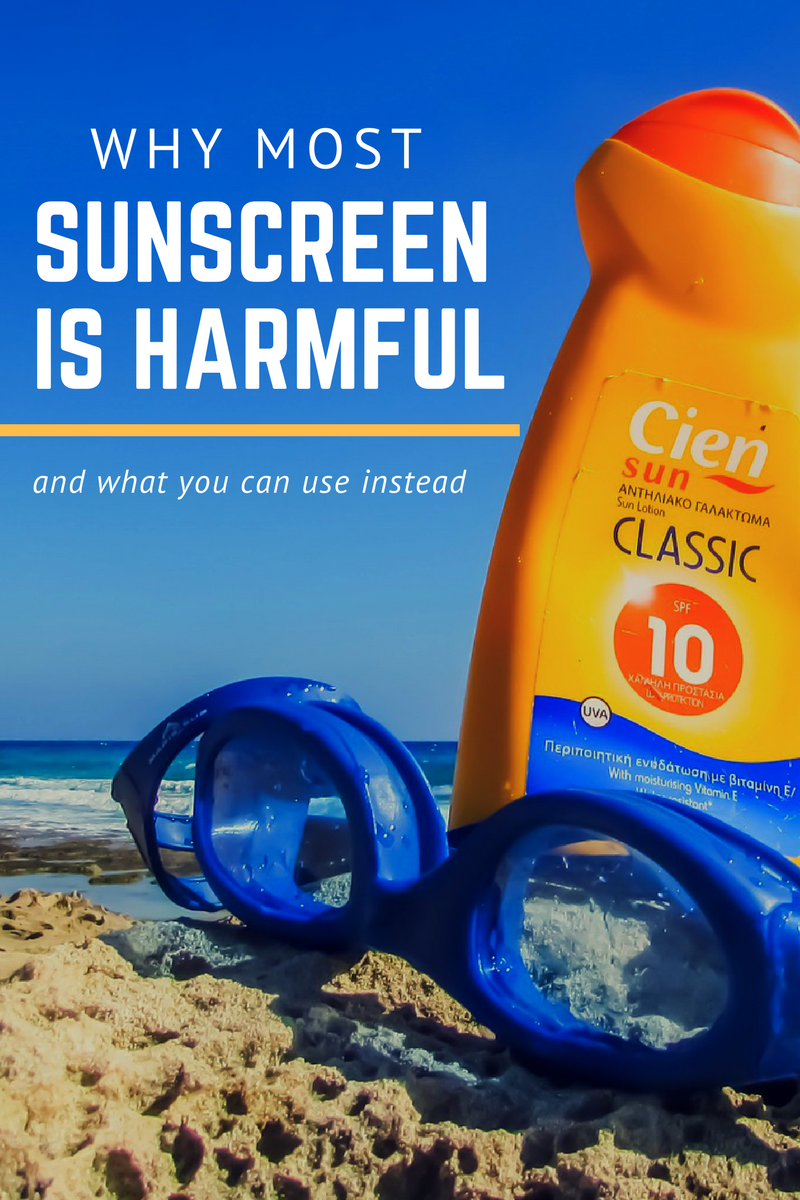
With a long summer ahead of us, many Americans will be slathering on copious amounts of sunscreen before going out in the sun each day.
Slathering on sunscreen is almost the norm – just like brushing our teeth, and putting on shoes when we go outside. Everywhere we turn, we see propaganda promoting the use of sunscreen as the way to avoid skin cancer.
Of all the types of cancer, melanoma accounts for over 75% of them – and while it is becoming more and more common for people to have melanoma, it’s more common in indoor workers versus people that spend the day in the sun.
Toxic Sunscreens
The EWG released their 2017 recommendation on safe sunscreens for this year – many of the sunscreens available and heavily promoted in stores contain harmful ingredients like oxybenzone, nano zinc oxide, nano titanium oxide, fragrance, and oxtinoxate. Many of these toxic ingredients are absorbed by your skin, and enter the cells and bloodstream directly.
They can have a relatively large effect on your hormones – leading to weight gain, heavy periods, and allergic reactions. If you are pregnant, they can contribute to the health of your unborn baby.
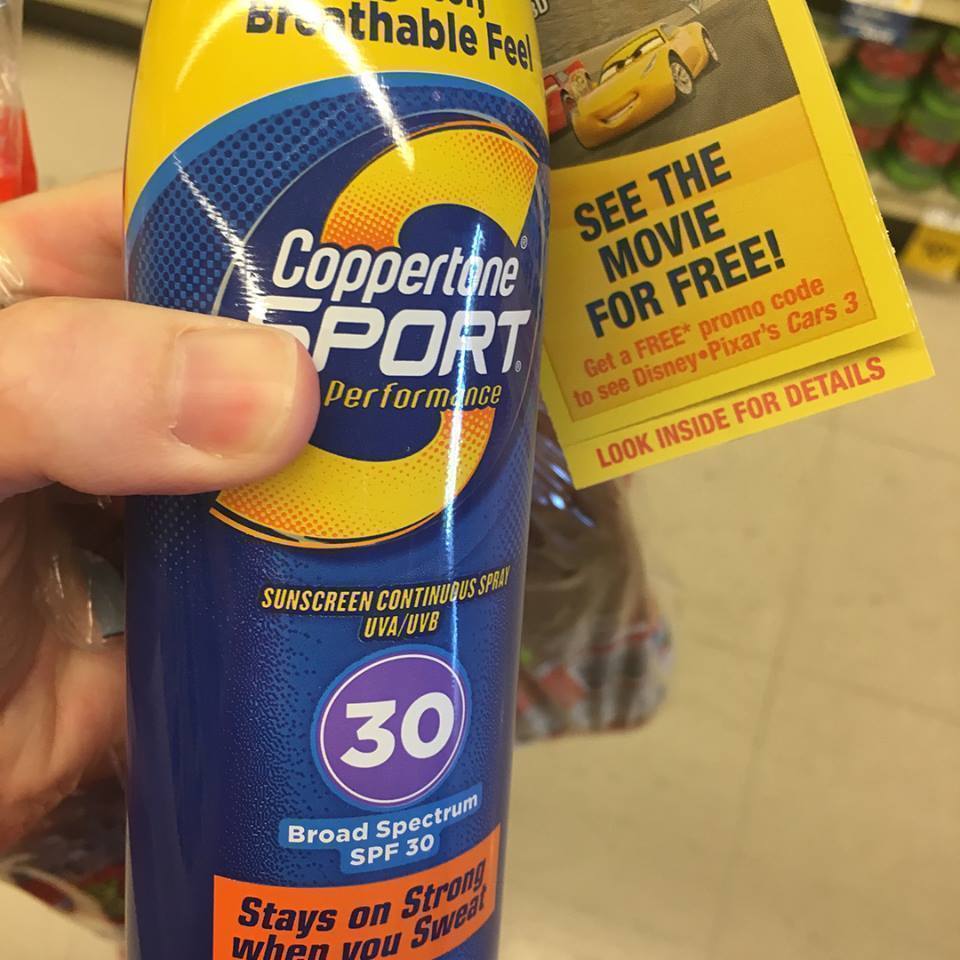
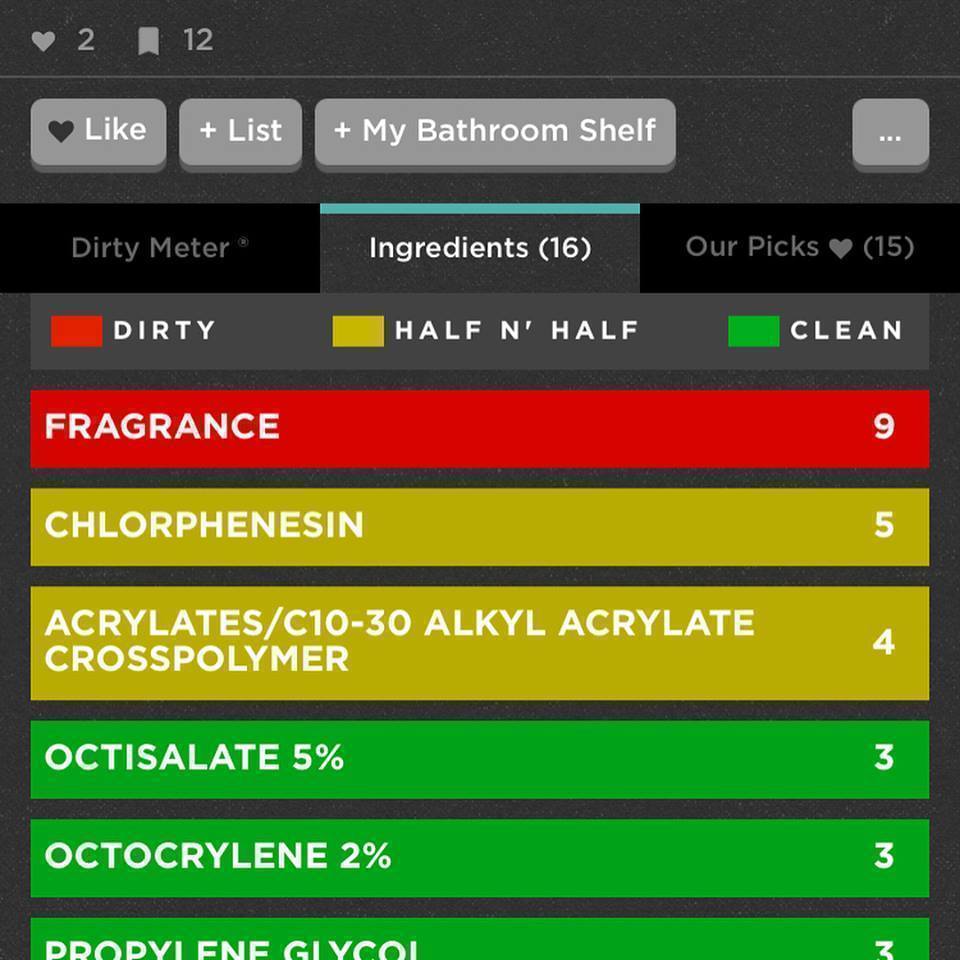
While it might seem logical to most to slather on sunscreen, it’s not always too helpful in the prevention of cancer – we are, essentially relying on a concoction of synthetic chemicals in terms of prevention and I’m not sure that’s really the logical way to approach safe sun care.
Sunlight comes in the form of 3 wavelengths:
- UVA – skin damaging rays.
- UVB – vitamin D producing rays that are your best source of vitamin D. These rays are stronger in the middle of the day.
- UVC – don’t reach the earth.
Sunscreens do not contain filters for UVA rays – just UVB rays. Commercial sun care items block UVB rays and that is done so in the form of SPF measure. One of the biggest problems of sunscreen is that they block out the “good” rays (UVB) and leave you with little to no UVA protection.
If you are working an office job or working indoors all day and aren’t catching any rays, then you are left with a vitamin D deficiency. Likewise, if you are working inside and the only exposure to the sun is through a glass window of your office, then you are getting the damaging UVA rays (when you really want the UVB rays).
Vitamin D is nature’s built-in protection, which your body blocks when you slather on sun care. When you spend time in the sun, your body produces vitamin D and sends it directly to your genes.
Sunscreen and SPF
Vitamin D is your best safeguard against the rays of the sun – and Vitamin D can only be made by your skin when it comes in contact with UVB rays.
Hence, we need to find ways to get outside and move around – unfortunately, many adults work indoors most of the day and most children spend a large amount of their day inside – at school, or watching TV, even playing video games to stay cool when it’s hot.
When we do go outside, we slather on the sunscreen, which prevents our body from making vitamin D from the [good] UVB rays, thus contributing to an ever-growing skin cancer problem.
Better Alternatives than Toxic Sunscreen
Before you slather on the toxic sunscreen sold in commercial stores, take alternative options to protect yourslf in the sun:
- Cover up with a shirt and hat
- Avoid the outdoors between the peak hours of 11 a.m. and 4 p.m.
- Eat foods rich in vitamin D (Spinach, Tomatoes, Fish, Nuts and Seeds, Berries and Beef Liver)
Apply a mineral based sunscreen or even better, make your own sunscreen with a few simple ingredients –
photo credit: Pixabay



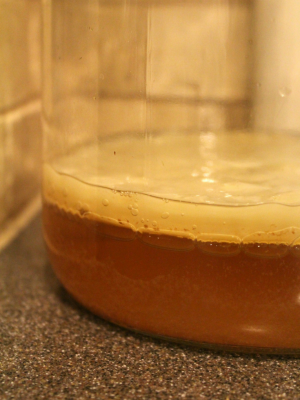
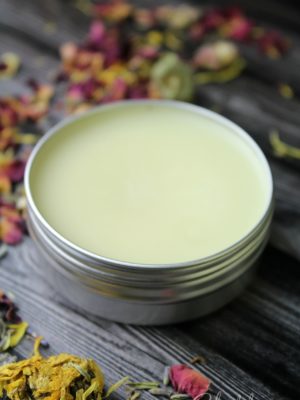


Thank you for the information